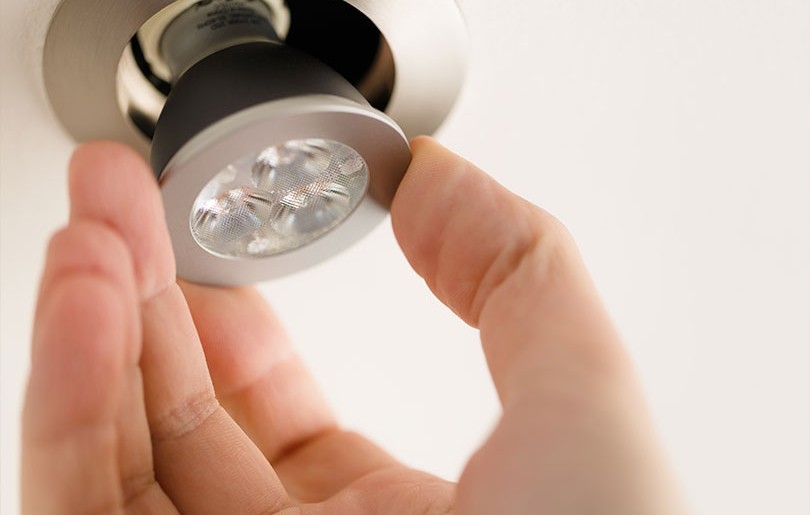LED Lighting Grants

Energy efficient lighting helps lower electricity bills and carbon dioxide emissions, all without reducing the quality of light in our homes.
If you replace all the bulbs in your home with LED lights, you could reduce your carbon dioxide emissions by up to 40kg a year. This is equivalent to the carbon dioxide emitted by driving your car around 145 miles.
Lighting makes up 11% of the average UK household electricity consumption, so making the switch could help you save money too.
Advantages |
|
|
|
|
Considerations |
|
|
Rhea will contact you within 5 working days to organise the Retrofit Survey. This is to review the property and decide what measures are suitable.
A contractor will then contact you to arrange a Technical Survey. This is an in-depth survey of the property to take the required measurements for installation.
The contractor will then provide quotes and submit them to the Government for approval. Once approved, you will be contacted to arrange the installation date.
Companies can no longer manufacture halogen lights, but shops can still sell old stock. Specialist halogen bulbs can be found in ovens, cooker hoods and security lights. When shopping for new products and replacement lights, look for energy-efficient alternatives to halogen lights.
Traditional light bulbs were invented over 100 years ago and were extremely inefficient. Only about 5% of the electricity they use converts into visible light. The bulbs didn’t last long because the filament creating light evaporated as heat passed through.
Halogen light bulbs use the same filament technology as traditional bulbs but run at a higher temperature, making them slightly more efficient.
Compact fluorescent lamps (CFLs) were the first energy efficient bulbs on the market and use around 70-80% less electricity than the equivalent traditional bulbs, as well as lasting almost 10 times longer.
Light emitting diodes (LEDs) have largely replaced CFLs, which are more efficient and available to fit most light fittings in the home. LEDs produce light from the electricity flowing through them. Within a bulb, you will find a large number of LEDs to create sufficient brightness.
LED bulbs are long-lasting and can last up to 50,000 hours.
LED bulbs can convert energy into light, with roughly 15% of the energy converted into heat. However, with halogen bulbs, roughly 85% of the energy is converted into heat.

